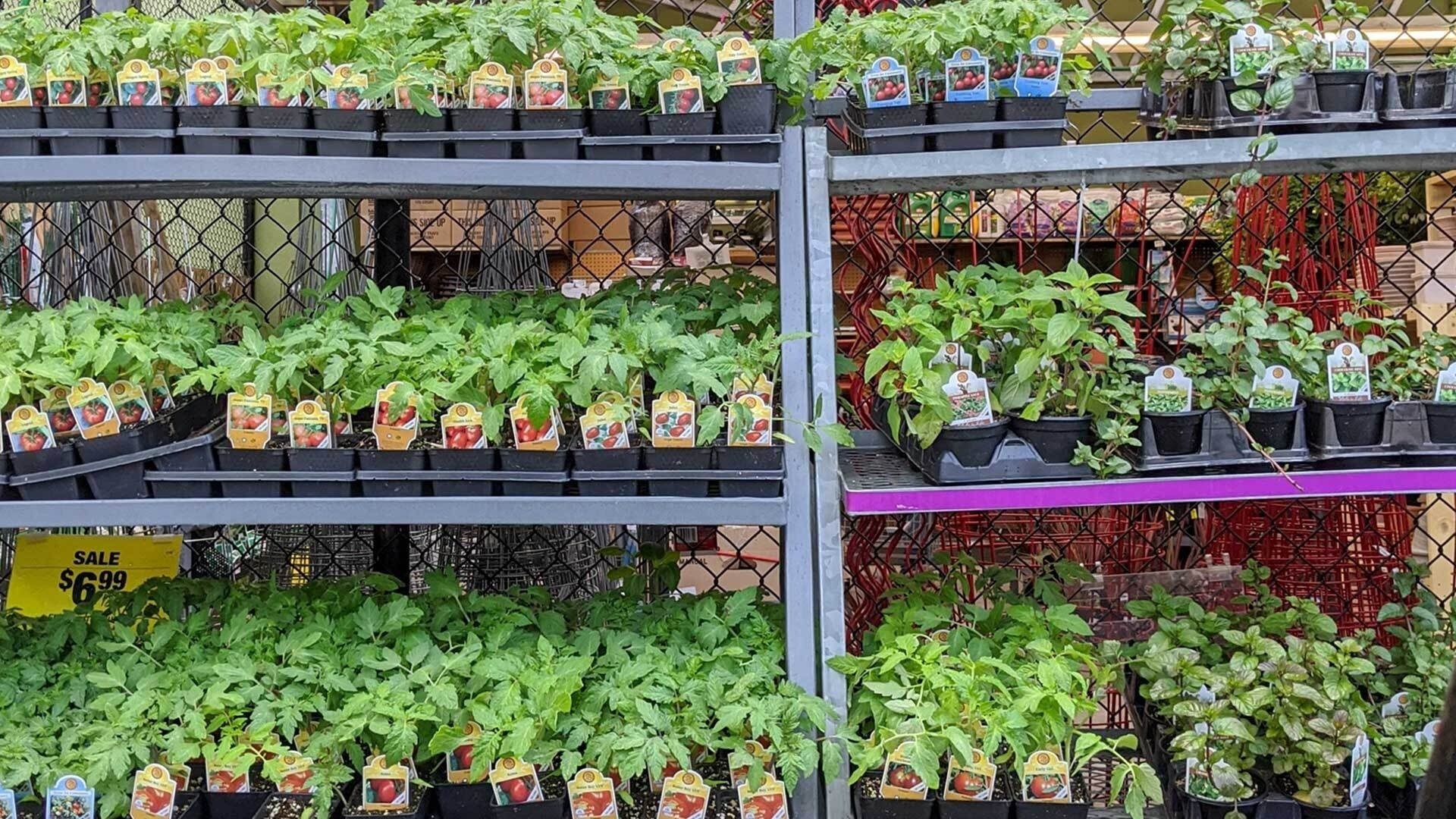Now Reading: How to Plant Summer Vegetables: A Step-by-Step Guide
-
01
How to Plant Summer Vegetables: A Step-by-Step Guide
How to Plant Summer Vegetables: A Step-by-Step Guide

swift Summary
- Selecting Plants at Nursery: Avoid purchasing vegetable starts that are too large or have flowers/fruit, as these may struggle during transplant. Opt for healthy plants with strong stems and undamaged leaves.
- Preparing Soil: Ensure soil is pliable by breaking it up to a spade depth. Amendments like fertilizer and lime can be added to improve texture and reduce acidity.
- Choosing Planting time: Plant on overcast days or at twilight to minimize transplant shock caused by heat stress.
- Handling Roots Carefully: Squeeze pots gently to free plants instead of pulling them out; comb through roots lightly, though some veggies (e.g., cucumbers) should be disturbed minimally during transplanting.
- Separating Seedlings: Separate multiple seedlings from the same cell/pot before planting. This is common in onions, lettuce, carrots, etc., for maximizing yield efficiency.
- Planting at Correct Depths: Adjust planting depth based on plant type (e.g., tomatoes can benefit from deep planting along their stem for better root growth; leeks should be deeply planted for blanching).
- mulching Guidelines: Maintain clearance between mulch and plant stems to prevent pathogen transfer while retaining moisture effectively.
- Labeling plants Post-planted: Preserve or make fresh labels for identification during harvest-particularly useful for evaluating plant varieties.
Images provided in the source illustrate key steps such as separating seedlings,preparing soil,choosing plants at nurseries.
Indian Opinion Analysis
This detailed guide highlights best practices crucial for cultivating summer vegetable gardens efficiently. The emphasis on proper nursery selection underscores how initial choices directly affect plant survival post-transplantation-a vital insight particularly relevant given India’s robust agricultural sector and expanding urban gardening communities. Consistent focus on preparing soil conditions aligns with widespread challenges faced by Indian farmers managing variable climate impacts on arable land quality.
Recommendations like utilizing overcast periods reflect practical strategies compatible with India’s high-temperature zones across seasons-potentially assisting hobbyists adapting horticulture in hot climates. Moreover, careful mulching practices address hygiene concerns frequently enough overlooked but pivotal within regions susceptible to waterborne pathogens affecting crops.
this write-up provides actionable solutions adaptable across varying skill levels-from small-scale urban gardeners experimenting with sustainable produce growing to larger agricultural stakeholders mindful of improving outputs economically under environmentally tested setups.
























